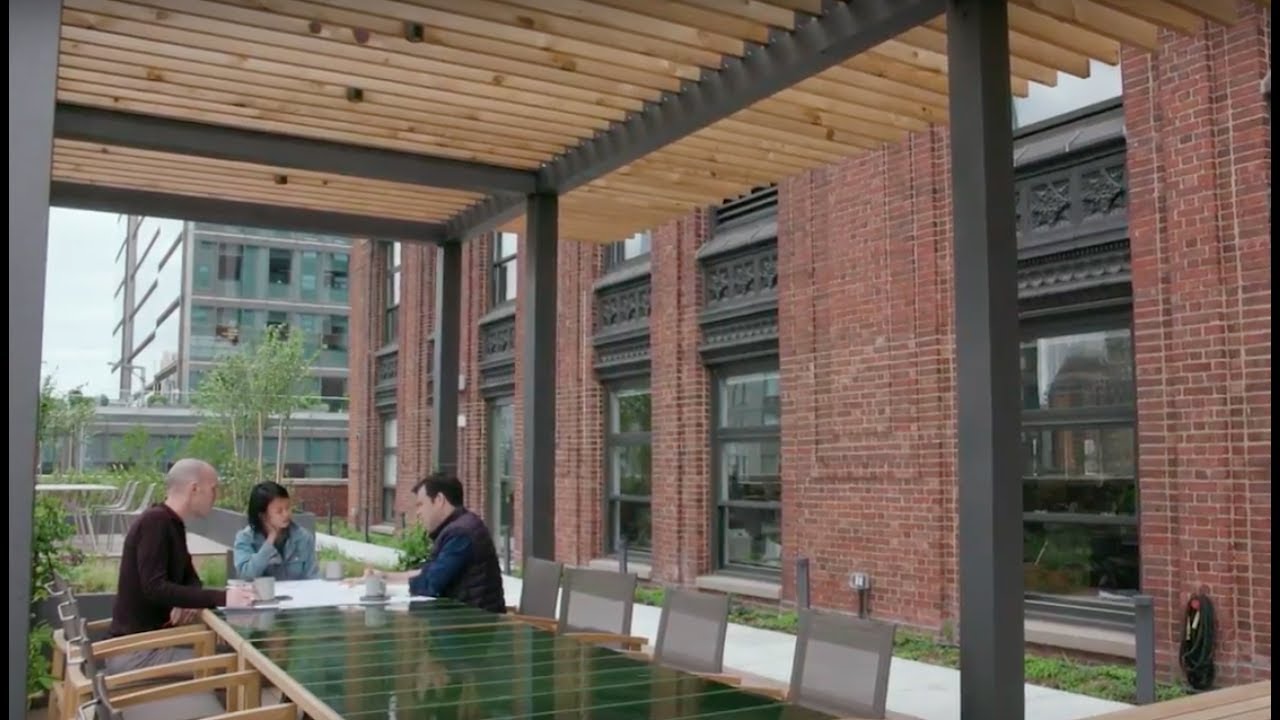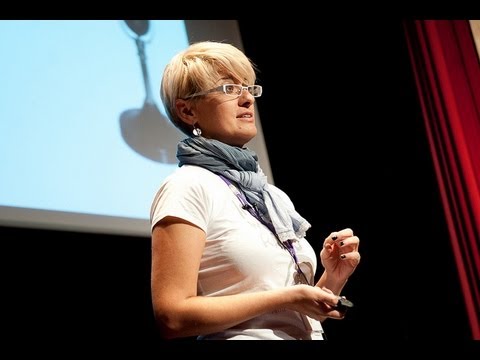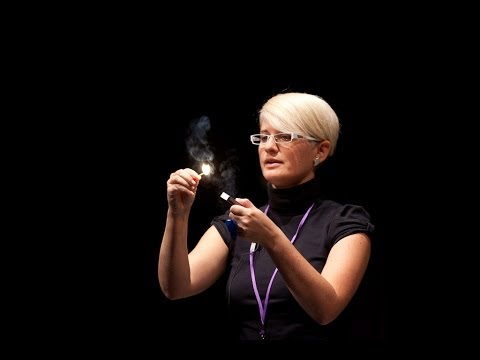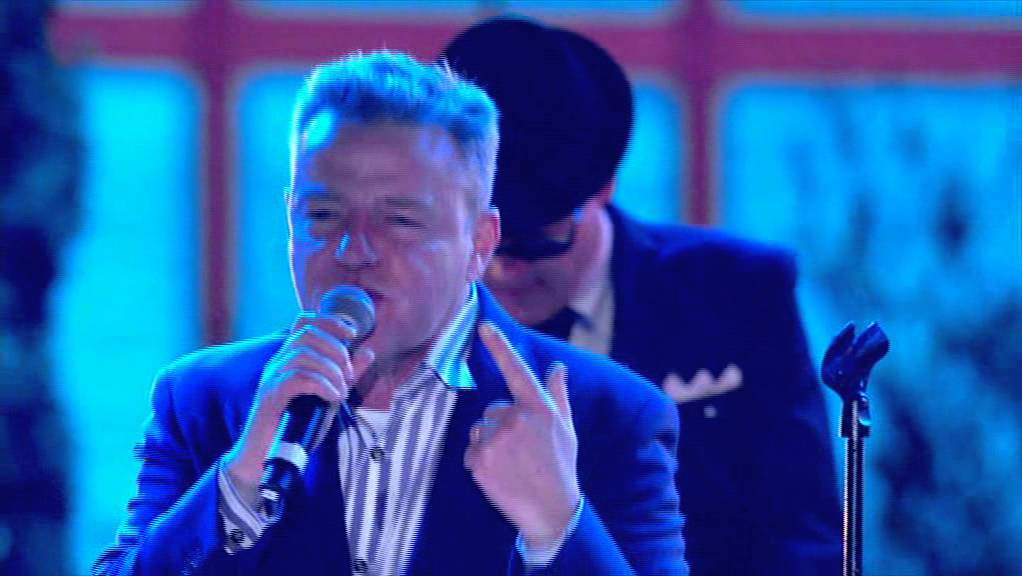Building Homes For Your Wellbeing – The WELL Building Standard
This article is about the latest building standard which focuses on protecting your wellbeing as well as the environment.
Homo sapiens built out of necessity. The first constructed structures were raised in the New Stone Age and were in the form of tents and shelters made of mammoth ribs, bamboo, clay and other locally available natural materials. These structures were designed to suit people’s basic needs for protection from the elements and left no traces in the environment.
The Early Ancient Civilizations – Building To Last
The early ancient civilizations – the Egyptians, the Chinese, the Mesopotamians – were the world’s first architects. Their buildings were large structures (i.e.: the pyramids), designed to last over centuries and were a testament of their culture and civilization. These structures are amazing feats of engineering and changed the face of the world forever.
The ancient civilizations died and were replaced by advanced modern civilizations. Technological developments influence our lives, our jobs, the homes we live in and the buildings we work in. But these changes aren’t always good for our health.
The Sick Building Syndrome
In the 20th century, the sick building syndrome was identified. The sick building syndrome is a medical condition where people in a building suffer from symptoms of illness or feel unwell for no apparent reason.
The symptoms include a wide range of conditions such as headache, eye, nose, and throat irritation, fatigue, dizziness and nausea.
This syndrome is linked to various causes: inadequate ventilation, deteriorating fibreglass duct liners, chemical contaminants from indoor or outdoor sources, and biological contaminants, air recycled using fan coils, traffic noise, poor lighting, molds. In short – our buildings were harming us.
Aside from us, our buildings and construction have a detrimental impact on the environment. According to research, the construction sector contributes to 23% of air pollution, 50% of the climatic change, 40% of drinking water pollution, 50% of landfill wastes and accounts for 40% of worldwide energy usage, with estimations that by 2030 emissions from commercial buildings will grow by 1.8%. (source)
Building to Protect the Environment
Our world has limited resources. It’s up to us to protect it. It’s up to us to design and build structures that don’t harm our environment and our health.
That’s why new standards of construction were developed during the 1990s such as BREEAM and LEED.
Learn more: Mihai-Toader Pasti – Building The Homes of the Future at EFdeN
These standards indicate that a building has achieved a certain level of environmentally-conscious design. They help building owners and operators to be environmentally responsible and use resources efficiently.
The next step in the sustainable or ecological architecture movement is designing for people’s wellbeing.
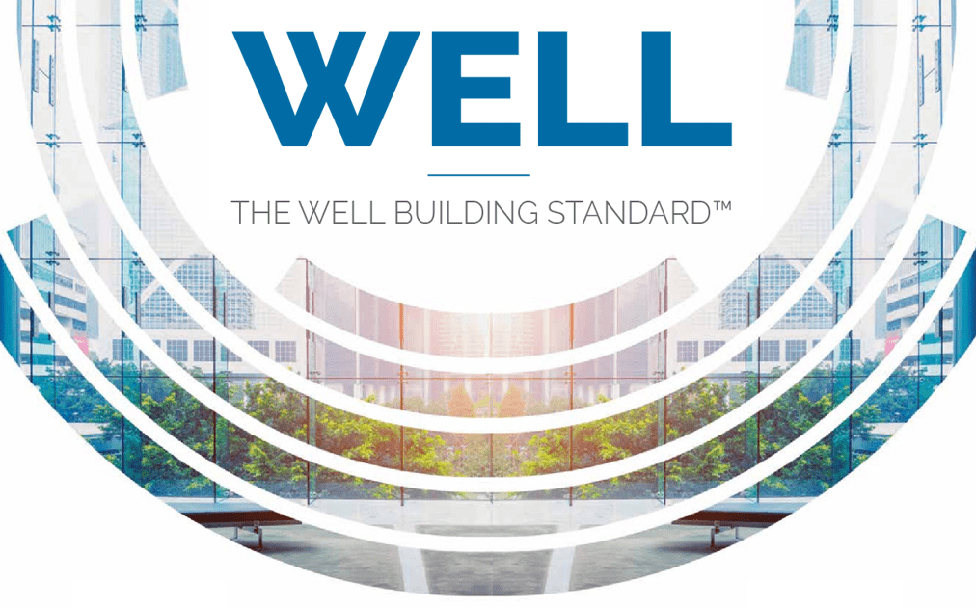
image: agda.com.au
The WELL Building Standard
The WELL Building Standard illustrates this goal and was developed in 2014 by the International WELL Building Institute.
The WELL Building Standard is the premier standard for buildings, interior spaces and communities seeking to implement, validate and measure features that support and advance human health and wellness.
The WELL Building Institute
The goal of the WELL Building Standard is to help architects create healthy buildings, which actively support their occupants’ health and well-being.
WELL was developed by integrating scientific and medical research and literature on environmental health, behavioural factors, health outcomes and demographic risk factors that affect health with leading practices in building design, construction and management.
According to WELL, buildings should be functional and comfortable, built sustainably, contribute to their occupants’ health and wellbeing and be able to adapt to their needs.
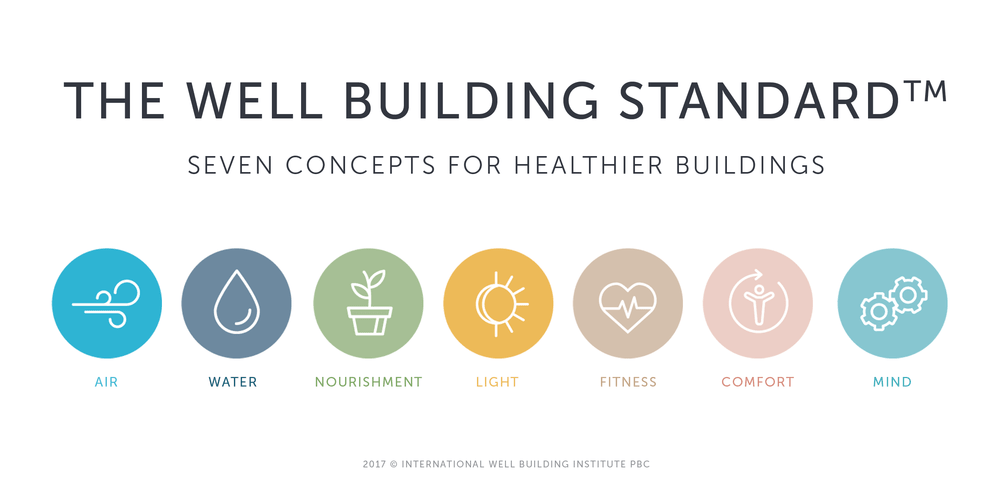
image: greenengineer.com
The standard covers seven core design aspects: Air, Water, Light, Nourishment, Fitness, Comfort, and Mind.
Here is how the WELL Building Standard contributes to the health and wellbeing of your family:
1. Air
The WELL Building Standard™ establishes requirements that promote clean air and reduce or minimize the sources of indoor air pollution.
2. Water
The standard promotes safe and clean water through the implementation of proper filtration techniques and regular testing in order for building occupants to receive an optimal quality of water for various uses.
3. Nourishment
According to the standard, fresh and wholesome foods are required, unhealthy ingredients are limited and better eating habits and food culture are encouraged.
4. Light
The WELL provides guidelines that minimize disruption to the body’s circadian system, enhance productivity, support good sleep quality and provide appropriate visual acuity.
5. Fitness
It promotes the integration of physical activity into everyday life by providing the opportunities and support for an active lifestyle and discouraging sedentary behaviours.
6. Comfort
The standard establishes requirements designed to create distraction-free, productive and comfortable indoor environments.
7. Mind
It optimizes cognitive and emotional health through design, technology and treatment strategies.
For an in-depth presentation of these concepts, go to The International WELL Building Institute.
Join the Conversation
We’d love to hear what you have to say.
Get in touch with us on Facebook Group and Twitter.
10 things you might not know about Lenja Faraguna
She was declared one of 12th World Changers by the New York Times Bestselling author Roy H. Williams and one of 40th most influential radio personalities under 40 by the Radio Advertising Bureau USA. Lenja Faraguna believes that “for your marketing to be supremely effective you don’t need a degree in marketing but in humanity.” This thought is the biggest lessons she’s learned in the last 12 years as an entrepreneur and coach and it is the DNA of her mission in life.
More things about her that you might not know:
1.The old marketing, the screaming one, discount throwing and narcisistic one is dead, because it yells, lies, undervalues and is loathed by most people.
2. She has a Bachelor degree in Philosophy, English and American Studies and Semiotics of Advertising at Karl-Franzens-Universität Graz, Austria.
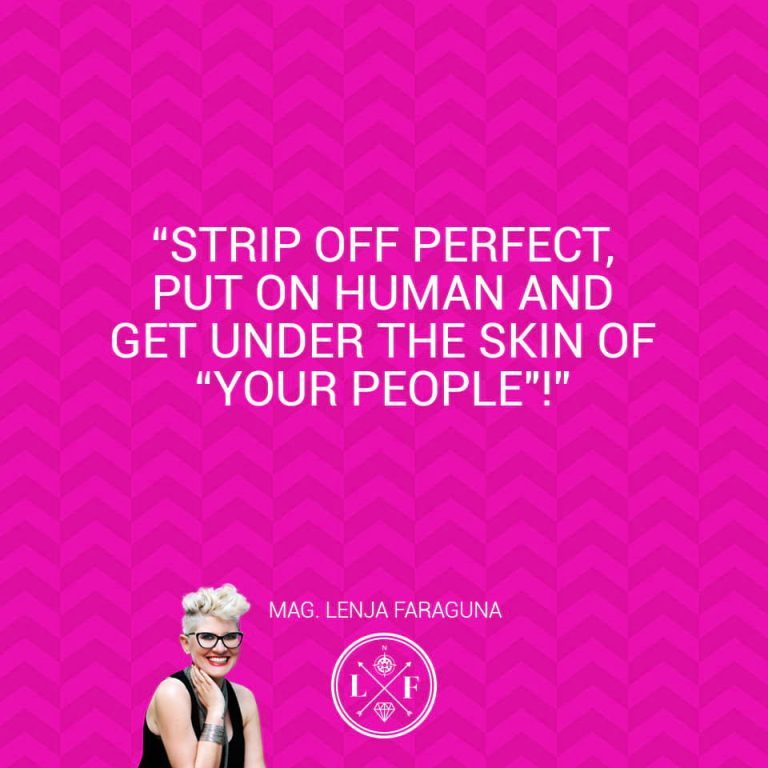
3. She is the founder of Worldchangers Slovenia – the embassy of Slovenian entrepreneurs who are brave, give a damn, make money and change the world. A melting pot of knowledge, opportunity, ass-kicking environment and the first marcareting academy for smaller Slovenian entrepreneurs called “Crazy diamonds”.
4. She believes that everybody is unique in the world and she supports that. “There is no one like you. There was a 1: 400 trillion chance for you to be born. Even if someone has the same product/service, all the other components that make up a (PERSONAL) BRAND are unique to you! ONLY YOU! Yet most of the time, you do not show this uniqueness through your marketing = your communication with the outside world,” she write on http://ilovemarcareting.com/.
5. Success starts with yourself. Say YES to yourself and customers out there who are waiting for you to make their lives better. You will re-brand your MINDSET, re-brand your (personal) brand and finally give you tools to do marketing the modern way as marCAREting – so you can achieve a game changing success.
6. She believes marcareting works only when you CARE. About yourself and the others.
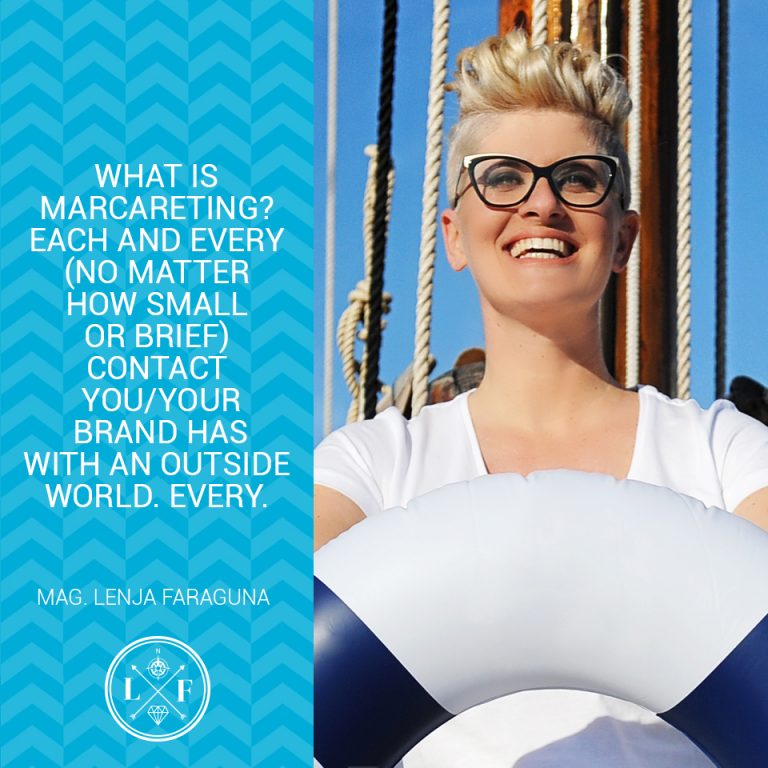
7. She is “nakedly” honest. “I’m real, raw, honest and I will call you up on your bull**it, spin your mindset and you will have to put in the work and go into action. Why? Because I believe that “ACTIONS are the endangered species in the world, not IDEAS”.
8. She doesn’t hide anymore. She admits her failures and learned from them. She had a major personal and business collapse in 2012 and when it couldn’t go lower it went up. She has risen like a phoenix, from her own ashes. She went from “bribing” her friends and dad to come to her seminars in 2011 for free, … to speaking to thousands all over Slovenia and Europe, at TEDx and on May 22nd 2017 with Gary Vaynerchuk, Robert Murray, Dr Kjell A. Nordström and Dr Jonas Ridderstråle (Funky Business), Julian Treasure (multi TED talk speaker) at Brands Minds Summit in Bucharest in front of 900 people!
9. She has worked with 134 start-ups as a mentor. She co-founded Club 466 International, where she sharpens the business diamonds of women leaders.
10. She loves the weather before the storm and Madness’ song “How can I tell you” and Xavier Naidoo song “Bitter hör nicht aud zu Träumen”, because they sum up my values about life and communication.
